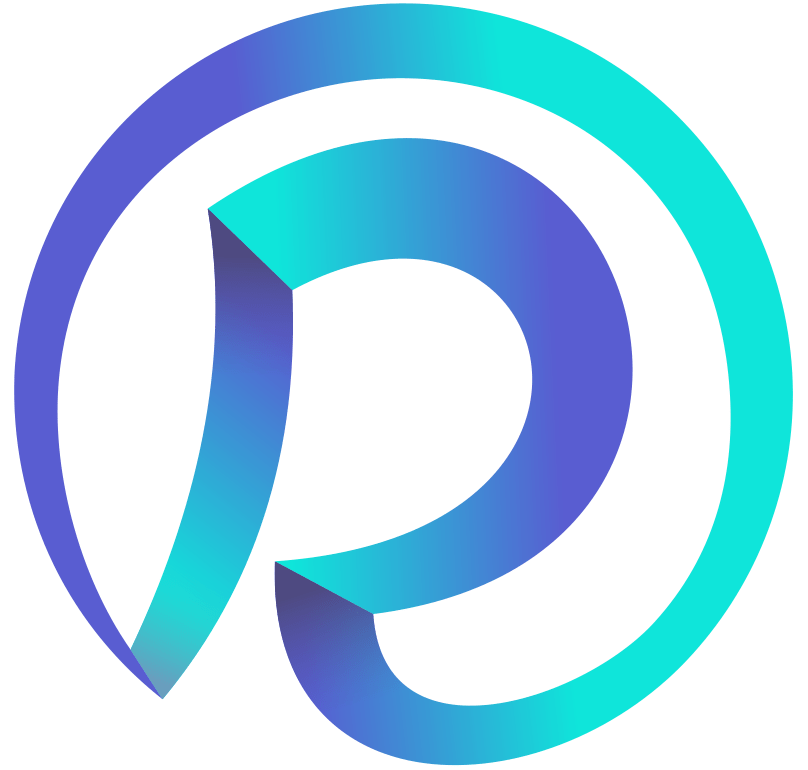Currently Empty: 0.00 €
Open Networking
The Future of Networking: Exploring the Advantages and Limitations of Open Networking

In recent years, the networking industry has seen a major shift towards open networking and the use of disaggregated hardware and software. This new approach to networking offers a range of benefits compared to traditional, closed networking solutions. However, like any new technology, open networking also has its pros and cons, and it’s important to understand these before making a decision about whether or not to switch to this new approach. In this blog post, we will explore the benefits, pros, and cons of open networking, and what it means for network professionals and organizations.
What is Open Networking?
Open Networking is a new approach to networking that separates the hardware and software components of networking devices. Unlike traditional networking solutions, which are often tied to a specific vendor and operating system, open networking allows organizations to choose the hardware and software that best fits their needs. This separation of hardware and software is called “disaggregation”.
Benefits of Open Networking
The benefits of open networking are many, and can greatly improve the operation, management, and monitoring of a network. Some of the key benefits include:
- Flexibility: One of the biggest benefits of open networking is the flexibility it provides. Organizations can choose the hardware and software that best fits their needs, without being tied to a specific vendor or operating system. This allows for more innovation and rapid pace of software development, as well as the ability to choose the best hardware for specific requirements.
- Scalability: Open networking provides the ability to scale from small to hyperscale networks, as the network grows with the organization. This scalability is achieved through the use of standard, un-coded internal components and the ability to choose the right hardware and software for specific requirements.
- Simplified Architecture: Open networking enables organizations to build flexible and agile network topologies, by using a simplified architecture – most of the time so called CLOS based on Spine and Leaf switches.
- Greater Agility: Open networking provides greater agility, as organizations can create specific flows to control their environment.
- Reusability: Open networking also provides the ability to reuse the hardware platform for other purposes. And this is really great – so for example if your bare-metal switch is powerful enough you can change the OS and use it as the load-balancer, aggregator or packet broker.
- Greener: Open networking is also a greener solution, as it provides improved energy efficiency through the use of automated configurations, rollouts, and operations. Additionally, open networking is based on the latest and greatest chipsets and CPUs, which are always reducing power consumption and increasing performance with each new generation.
- Automation: Open networking provides automation, freeing up time for network professionals. This is achieved through the use of standard components and the ability to choose the best hardware and software for specific requirements.
- Lower Cost: Finally, open networking can provide up to 50% CapEx savings, compared to traditional networking solutions. This is accomplished through the utilization of hardware sourced directly from the original manufacturers and software that could be either open source or commercially produced, tailored specifically to your requirements – you will only be paying for what you need.
Pros of Open Networking
- Freedom from Vendor Lock-in: One of the biggest pros of open networking is the freedom it provides from vendor lock-in. Organizations can choose the hardware and software that best fits their needs, without being tied to a specific vendor or operating system.
- Control: Open networking provides organizations with the ability of control over their network, giving them the ability to decide how their network operates and what is important for their business. This control is achieved through the use of standard components and the ability to choose the best hardware and software for specific requirements.
- Innovation: Open networking allows for rapid innovation and development of new features and functions which accelerates operations and new revenue streams.
Cons of Open Networking
- Lack of Integration: One of the biggest cons of open networking is the lack of integration between hardware and software components. Organizations must ensure that their hardware and software components are compatible with each other, and they may need to spend time and resources to ensure that this compatibility is achieved.
- Complexity: Open networking can also be complex, and organizations must be prepared to invest time and resources in order to understand and implement this new approach to networking. This complexity is due to the need to choose and integrate hardware and software components, as well as the need to manage and monitor the network.
- Support: Another con of open networking is the lack of support for some components, particularly open-source components. Organizations may need to rely on community support for these components, and they must be prepared to invest time and resources in order to ensure that their network is properly supported.
To address the cons of open networking, organizations can take the following steps:
- Ensure Hardware and Software Compatibility: Organizations must conduct thorough research and select hardware and software components that are compatible with each other. They can also seek the help of vendor partners or industry experts to ensure compatibility between their hardware and software.
- Invest in Network Professionals’ Training: To deal with the intricacies of open networking, organizations should invest in training and education for their network professionals. This may include attending training courses, workshops, and conferences, as well as accessing industry publications and online resources.
- Consider Commercial Solutions for Support: To mitigate the lack of support for some open-source components, organizations can explore commercial solutions that offer continuous support and testing. These commercial solutions can provide assurance and guarantee that the network is appropriately supported.
- Cultivate a Strong Community: To overcome the lack of support for some open-source components, organizations can establish a strong community of users and contributors. This community can provide necessary support and resources, and can assist organizations in maximizing their open networking solution.
- Collaborate with Vendor Partners: To address the complexity of open networking, organizations can work with vendor partners who can deliver support, consultation, and implementation services. These vendors can help organizations in deploying and managing their open networking solution, and can ensure that the network is properly supported.
How Traditional Networking compares to Open Networking?

One of the biggest differences between traditional and open networking is the level of freedom and choice organizations have:
- Network Control – Full control at the network vendor versus full control in the hands of the organization
- Knowledge to Operate the Network – Special vendor certification required versus only basic Linux knowledge required
- Cost Transparency – Hidden costs on additional software, training, mandatory certification, etc. versus full transparency upfront, with free and open-source community tools also available
- User Interface – Manageable via custom, vendor-specific CLI versus easily manageable via CLI or shell – learn once, use everywhere
- Migration & Upgrade – Future migration or upgrades limited, due to proprietary protocols – locked to the vendor versus easy and fast migration to anywhere, thanks to open protocols
- Hardware Reusability – Limited reusability versus the possibility to flexibly repurpose old hardware and make it into a switch, router, SDN solution, load balancer, aggregator, or packet broker
- Time Consumption – Time-consuming and tedious workflows and tasks versus automated operation workflows that free up time and resources
- Energy – Energy-hungry solutions versus greener and smarter solutions through network stack offloads and automation (e.g., does the whole network need to run all the time, even on the weekend?)
Open Networking offers organizations a greater flexibility, scalability, and control over their network. With open networking, organizations can choose the best hardware and software for their specific needs and take advantage of the many benefits it provides, including greener solutions, cost-effectiveness, and automation.
However, transitioning to open networking can be complex and requires careful planning and preparation. To ensure a successful transition, organizations should assess their networking needs, research hardware and software components, choose a vendor partner, invest in network professionals’ training, and implement automation.
I recommend that organizations take advantage of the many benefits of open networking and consider switching from traditional networking solutions. The first step in the transition process is to assess your organization’s networking needs and research the available hardware and software components. From there, you can choose a partner who can provide support, consultation, and implementation services, invest in network professionals’ training, and implement automation to streamline your network operations.
Don’t wait any longer to take advantage of the benefits of open networking. Start your transition today and see the positive impact it can have on your organization. Contact me directly to get started.


